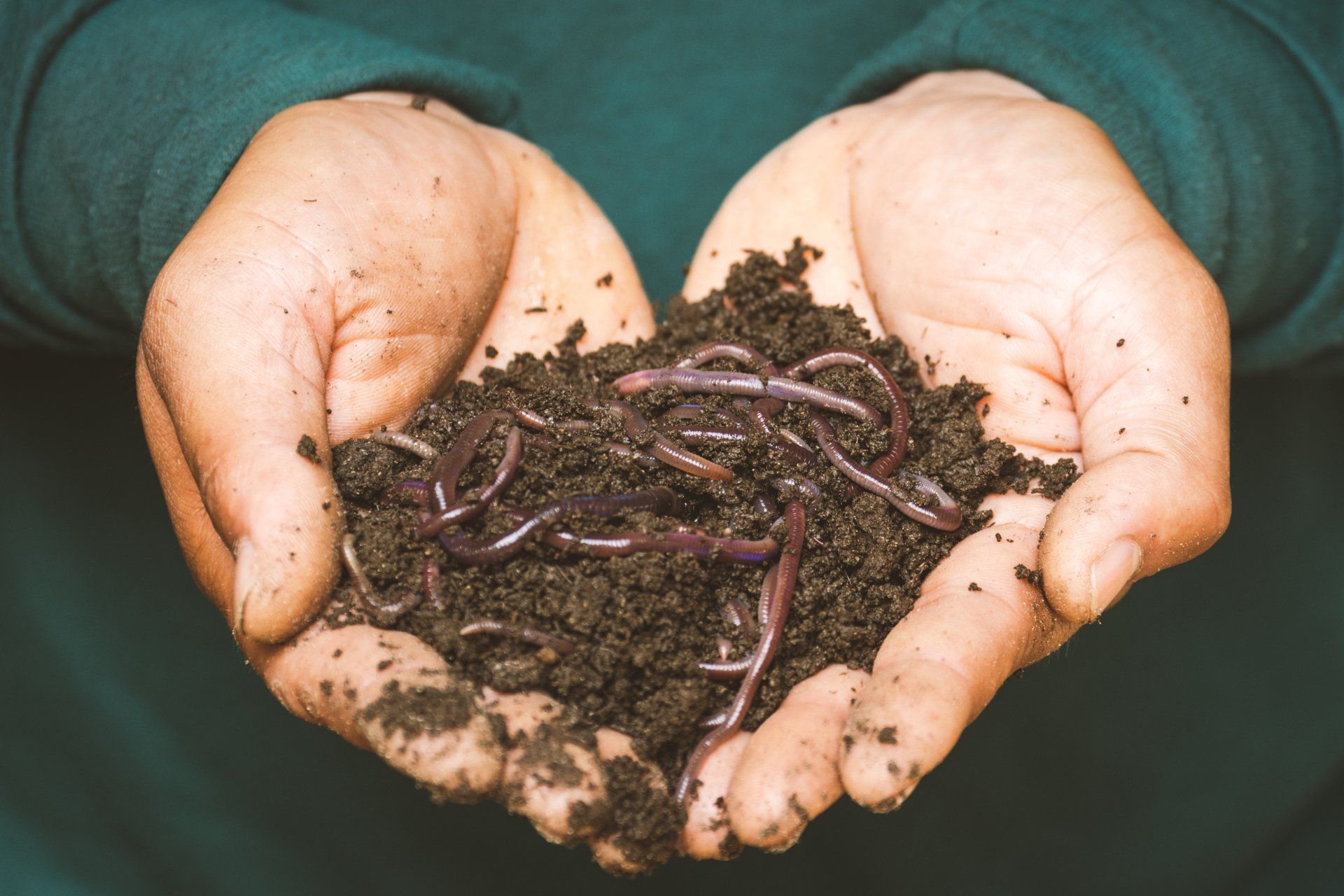Watch your Waste
From rising overhead costs to environmental impact, food waste is no longer a throwaway issue in the catering industry…
A Wave of Waste...
The world’s population is growing and mass consumerism has spread so far and wide that we’re now faced with a significant consequence: an escalating wave of waste.
From giant plastic islands floating in the ocean to landfills overflowing with textiles, we’re producing more than we consume in almost every sense, while at the same time, millions struggle to eat.
How can we address this imbalance and, as an industry, effectively tackle the growing issue of food waste?
The Price of Waste
According to the climate change NGO WRAP, the UK hospitality and foodservice sector throws away a million tonnes of food every year. This is a massive 18% of all food purchased and costs the sector an estimated £3.2bn a year.
Environmentally, the impact is enormous. Waste decomposing in landfill releases methane gas, which is 25 times more damaging to the environment than CO2 and a major contributor to climate change. With nearly a third of global greenhouse gas emissions coming from the food system, the potential damage is catastrophic
With growing overhead costs to contend with and a climate crisis that’s worsening all the time, food waste is a critical issue at the heart of the foodservice sector – and it’s time we took notice.
The Good News
Despite the lack of mandatory food waste reporting in the UK, awareness of the issue within the catering industry and among consumers is growing all the time, thanks to national, regional and local campaigns like Love Food Hate Waste. Many foodservice businesses are also voluntarily putting policies and workflows in place to tackle food waste head on – which, as well as helping the planet, cuts wastage costs in the long term, which can only be a positive.
Over 300 businesses have committed to the Courtauld 2030 voluntary agreement (including all major grocery retailers), which aims to reduce food waste and the greenhouse gas footprint associated with UK food and drink consumption. Since 2007, results show a significant impact, with food waste dropping 26% in retail and 34% in manufacturing.
However, data from the hospitality and foodservice sector shows that the majority of food waste produced – 800,000 tonnes annually – could have been eaten. So clearly there’s plenty more that can be done.
Weighing Up Your Business
The first step in tackling food waste is to understand how you’re already performing. Do you know how much of the food you purchase ends up in the bin? Are your kitchens stringent on sorting food waste from other general waste? How do you dispose of your used cooking oil? And do you make any distinction between food loss and food waste?
The more detailed you can be in your assessment, the easier it is to see the impact of any measures you introduce.
What Can We Do?
Food waste reduction can come into play at all points of your production: purchasing, preparation, plate and post-service. Here’s how:
Purchasing
Avoid over-ordering by having thorough records of what you have in stock, how much is perishable versus frozen, and how much freezer space you have.
Work with your suppliers. Your foodservice supplier is there to support you, suggest menu developments and help efficiencies – they may be able to suggest waste-saving products or services for you.
Preparation
From vegetable peelings to chicken bones, food waste is inevitably created during cooking – but can you change the way you prep to reduce this? Leave skins on vegetables, use cauliflower leaves, and challenge chefs to use as much of a cut of meat as possible.
Do you have a compost bin in the kitchen? Having very clear instructions can help with scrap sorting – ‘anything grown’ can be composted, whereas meat, eggs and dairy go into industrial composting.

Plate
Reconsider portion sizes. Are customers routinely leaving leftovers, or are buffets left half uneaten? Adjusting the serving size is one of the best ways to reduce plate waste.
Help customers. Highlight on menus what is a ‘small plate’ or ‘snack’ versus a ‘main meal’ and ensure serving staff are confident explaining portion sizes.
Post-Service
Regularly record excess and leftovers and you’ll soon have a clear idea of where the waste is coming from.
Unleash your catering creativity with leftovers. Made too much tomato sauce? Homemade pizza could be your next special. A glut of apples? We can already smell the apple pie.
Use food reselling apps like Too Good To Go to sell meals, pastries or fruit and veg left over, cutting waste and recouping a bit of cash.
Recycle used cooking oil. As well as making sure it doesn’t end up in landfill, it can be used to create sustainable biodiesel.
Donate what you can’t compost or reuse to local food banks or charities. FareShare is the largest charity operating in this area, redistributing to nearly 8,500 frontline charities and community groups.
Start Loosing to Start Winning
The sooner we make a dent in the food industry’s waste, the better off everyone will be. Here are a few places to start:
- Visit The Guardians of Grub for free resources guardiansofgrub.com
- Sign up to FareShare fareshare.org.uk
- Speak to your CFBG supplier about waste oil recycling services in your area e.g. arrowoils.co.uk
- Sign up for To Good To Go toogoodtogo.com
- Visit Love Food Hate Waste
lovefoodhatewaste.com
Top Tips from our Network
1.
Sign Up to FareShare
Harvest donates to FareShare, a charity that redistributes unused food throughout the UK.
2.
Recycle Cooking Oil
Thomas Ridley and Harvest work with Arrow Oils, who turn leftover cooking oil into biofuel.
3.
Link up with Local Food Banks
South Lincs Foodservice work with Restore Church and Thomas Ridley works with Still Good Food.
Love your Leftovers
Much of what we label ‘waste’ is perfectly edible. Challenge your team to creatively repurpose leftovers
Soda Bread
A no-yeast, no-knead way to use up milk and yoghurt, soda bread can be whipped up in half an hour. Flavour it with bacon and tomato, olive and rosemary or walnut and red onion. Perfect with soup!
Pickles & Preserves
Use leftover cabbage and spices to make kimchi, preserve red onions in lime juice, make pickled gherkins for burgers with leftover cucumbers and turn overripe fruit into jams and chutneys.
Hummus
Whiz up leftover beetroot, red pepper, carrot, sweet potato, peas or any chargrilled veg (such as butternut squash) with chickpeas, garlic, olive oil and lemon juice for creamy, colourful hummus.
Interested in our services? We’re here to help!
We want to know your needs exactly so that we can provide the perfect solution. Let us know what you want and we’ll do our best to help.

